 All Our Tours
All Our Tours
Written by: Vicky Nguyen
Updated date:03/06/2025
Hello, I’m Vicky! As a passionate travel enthusiast and tour planner at Asia Viva Travel, I’ve gathered extensive experience traveling across Vietnam and other captivating destinations in Southeast Asia. Now, I’m thrilled to share these adventures with you through my blog. From my journeys, I’ve gained a deep understanding of the unique cultures, hidden gems, and unforgettable experiences that this region has to offer. My goal is to bring you authentic and practical insights to help you design your own remarkable adventures. Join me, and let’s discover these extraordinary places together!
Contents
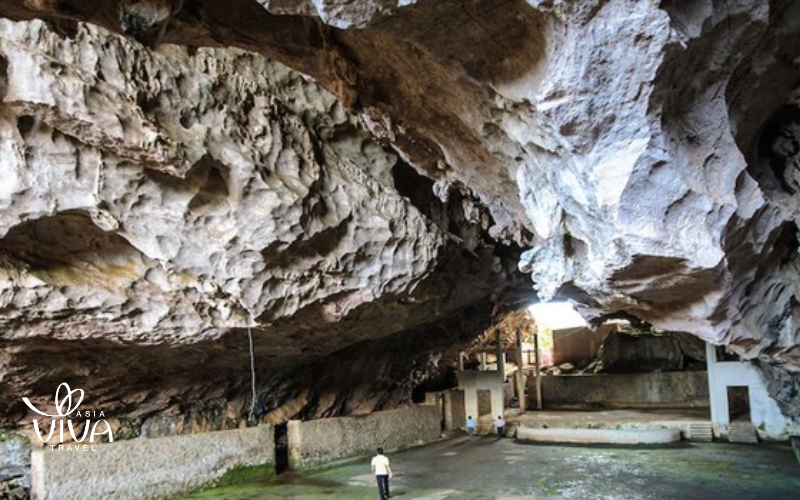
The rugged mountains of Vieng Xai—where history echoes through the limestone
Vieng Xai is a vast limestone cave system nestled in the mountainous terrain of Houaphanh Province, northeastern Laos – near the border with Vietnam. Comprising nearly 500 interconnected caves, this region served as the strategic base of Pathet Lao, the communist political movement in Laos, during the Second Indochina War. As American warplanes relentlessly bombed the Lao countryside, these caves became a sanctuary for both leaders and civilians.
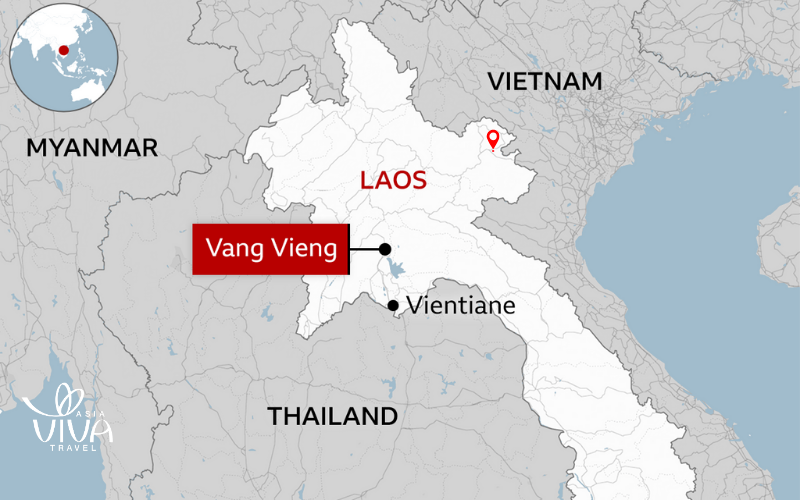
Remote yet resilient_ Vieng Xai’s location in northeastern Laos
At the height of the conflict, Vieng Xai provided shelter to over 23,000 people. But more than just a place to hide, it evolved into a fully functioning underground society. Inside the larger caves, the community built essential infrastructure: homes, schools, a hospital, military command centers, even a theater and a clothing factory for the war effort – all carved into the heart of the mountains. Vieng Xai was not merely a refuge; it was a city beneath the earth – an enduring testament to the resilience and ingenuity of the Lao people during one of the darkest chapters in their history.
Situated close to the Laos – Vietnam border, Viengxay Cave is best reached via a scenic two-day overland journey from either Vientiane or Luang Prabang.
Due to the mountainous terrain and winding roads, traveling by private car is highly recommended to ensure both comfort and safety.
While the travel time may seem long, the journey itself becomes part of the experience. With the assistance of Asia Viva Travel’s knowledgeable local guides and drivers, travelers have the opportunity to stop along the way to visit picturesque landscapes, explore ethnic villages, and immerse themselves in authentic Lao culture before arriving at this historic cave complex.
Depending on the starting point, visitors can consider the following routes:
Located approximately 600 to 650 kilometers from Vientiane, Viengxay Cave can be reached by road in about 12 to 14 hours. The most common route goes through Phonsavan and Sam Neua, following National Routes 13 and 6. While the roads wind through mountainous terrain, the journey offers scenic views and a glimpse into rural Laos.
Traveling by private car or with a driver is ideal for safety and flexibility. Alternatively, visitors can take an overnight sleeper bus from Vientiane to Sam Neua. From there, a tuk tuk or minivan takes around 30 to 60 minutes to reach Viengxay.
The distance from Luang Prabang to Viengxay is slightly shorte,around 430 to 470 kilometers with travel time ranging from 10 to 12 hours by road. Daily buses run from Luang Prabang to Sam Neua, followed by a short ride to Viengxay by local transport.
For a faster option, travelers can fly from Vientiane to Sam Neua with Lao Skyway (subject to schedule availability), then continue the final leg of the journey by road. While remote, Viengxay rewards the effort with a deep historical atmosphere and quiet charm rarely found on the tourist map.

The journey is part of the story_ scenic roads leading to Vieng Xai
The Viengxay Cave system comprises nearly 500 limestone caves, though only a select few are open to visitors today. This limited access is crucial for preserving the delicate historical sites and ensuring the safety of guests. Among the most notable caves is the former residence of President Kaysone Phomvihane, who led Laos during the Second Indochina War. Inside, visitors can explore meeting rooms, living quarters, and even a concealed emergency exit—silent reminders of a defining chapter in Lao history.

Life underground_ meeting rooms and bunkers inside the Vieng Xai caves
With support from the Netherlands Development Organization (SNV), the site has been developed into a more accessible heritage destination. Equipped with modern audio guides available in multiple languages, visitors can walk through the caves while hearing captivating narratives that vividly bring Laos’ revolutionary past to life. Situated in Houaphanh Province, the Viengxay caves once sheltered over 23,000 people during the Indochina War, functioning as hospitals, schools, government offices, and even a theatre. Today, five caves are open to the public, providing a rare insight into this hidden wartime city.
Tours can be booked at the Viengxay Caves Visitor Centre, with departures twice daily at 9 AM and 1 PM. The three-hour tour includes an 18-chapter audio guide and costs 60,000 LAK per person. Since transportation between caves is required, bicycles are available for rent at approximately 15,000 LAK per person. The ideal time to visit is during the dry season, from November to April, when the weather is cooler and more conducive to exploration.
Tips for visitors while exploring Vieng Xai Caves
Visitors are encouraged to wear comfortable shoes and bring a light jacket, as the cave interiors remain cool even during the warmer months. While the site is accessible, expect some uneven terrain and low lighting in certain sections, which adds to the atmosphere but calls for careful footing.
Most importantly, take advantage of the audio guide available at the entrance – it’s not only informative but also deeply engaging, offering first-hand accounts and historical context that bring each chamber to life. Early morning visits tend to be quieter, allowing for a more contemplative experience. For a seamless trip, tourists can consider joining a guided tour through a trusted operator like Asia Viva Travel, whose local knowledge and support ensure you won’t miss the hidden stories etched into the cave walls.
For more information >>> https://explore-laos.com/how-to-visit-vieng-xai-caves-laos/
There’s no better way to connect with the local spirit of a destination than by immersing yourself in its daily rhythms – and nowhere captures that essence more authentically than a local market. In Laos, village markets aren’t just places of trade; they are vibrant social hubs where people gather, converse, share stories, and uphold age-old traditions through simple, everyday transactions.
Nestled at the foot of the mountains, The Vieng Xai Market may be modest in scale, but it pulses with early-morning energy. Traders set up at dawn, offering fresh produce, regional specialties, handmade items, and glimpses into the daily life of the local community. Wandering through its alleys, visitors can observe interactions that are equal parts commerce and culture – children helping their parents, elders chatting over breakfast, and the unmistakable scent of grilled sticky rice rising in the cool air.
This market isn’t just a stop – it’s an experience. For those seeking to understand the soul of Viengxay beyond its revolutionary caves, a morning at the local market offers a warm, human chapter in the story of this resilient town.
While Vieng Xai is best known for its wartime history and cave complexes, the town also comes alive with color and tradition during its annual festivals. The most vibrant is Pi Mai Lao (Lao New Year), held every April, when streets fill with music, laughter, and joyful water celebrations. Locals cleanse Buddha statues, offer alms to monks, and join family feasts in a spiritual renewal that marks the beginning of the traditional calendar year.
Another notable event is That Luang Festival, usually celebrated in November, which, although more prominent in Vientiane, is also observed here with offerings, candlelit ceremonies, and cultural performances that honor Buddhist values.
Experiencing Vieng Xai during these festive times offers travelers a rare, intimate look into the rhythms of Lao life – blending history, spirituality, and community in unforgettable ways.
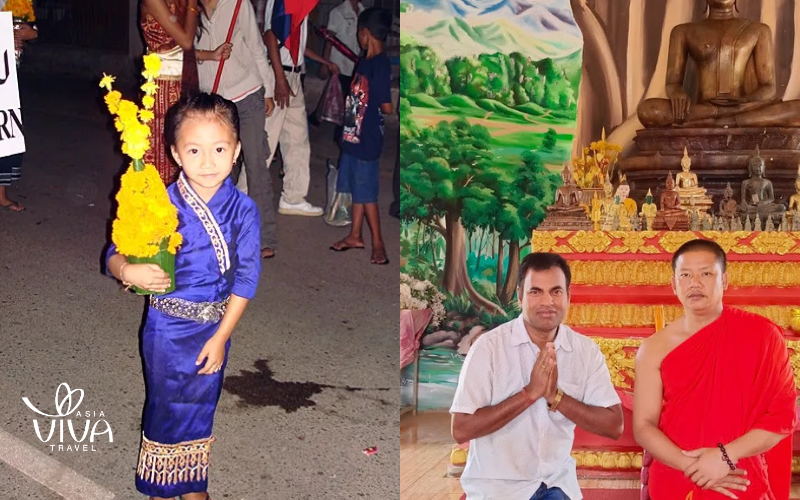
Spiritual joy and tradition during Vieng Xai’s New Year festivities
The best time to visit Vieng Xai Caves is during the dry season, which runs from November to April. During this period, the weather is stable, with mild temperatures, clear skies, and dry roads—perfect for trekking, exploring the vast cave system, and enjoying outdoor activities with ease and safety. The surrounding landscape bursts with vibrant greenery and crisp air, offering breathtaking panoramic views from the cave entrances. Visitors can also take advantage of the pleasant conditions to hike nearby trails, witness stunning sunrises, and immerse themselves in the tranquil beauty of Houaphanh Province.
That said, the rainy season, which usually lasts from May to October, also has its own charm. While afternoon showers and humidity are common, with temperatures ranging from 25°C to 30°C, the landscape becomes lush and vibrant, offering a more atmospheric and tranquil view of Vieng Xai’s natural surroundings. Travelers visiting during this time should be prepared with waterproof clothing and sturdy footwear.
In summary, for the most convenient and comfortable experience, the dry season is highly recommended. However, nature lovers seeking greenery and serenity may find the rainy season equally rewarding in its own way.
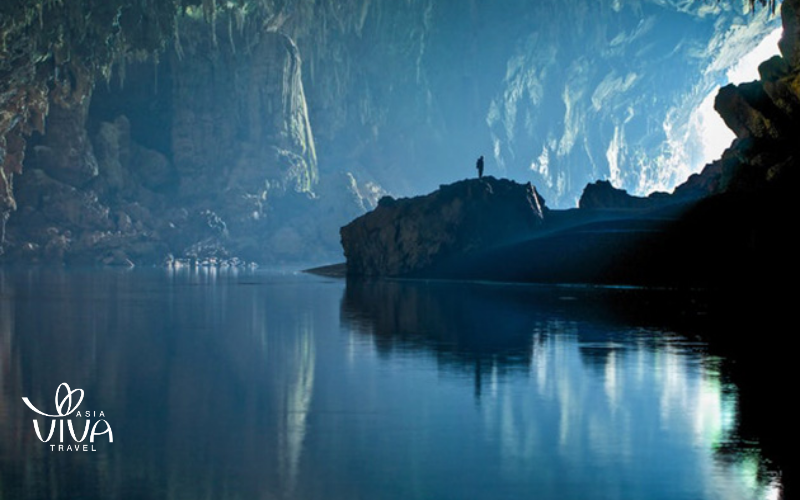
Best time to visit Vieng Xai
In conclusion, the Vieng Xai Caves stand as a profound symbol of Laos’ resilience and rich history, offering visitors a unique window into the nation’s past. For those seeking an authentic experience beyond the usual tourist path, Laos Secret Caves Vieng Xai provides both a captivating journey and a meaningful connection to the spirit of the land.
Plan your visit today with Asia Viva Travel and uncover the stories carved in stone beneath Laos’ limestone mountains.
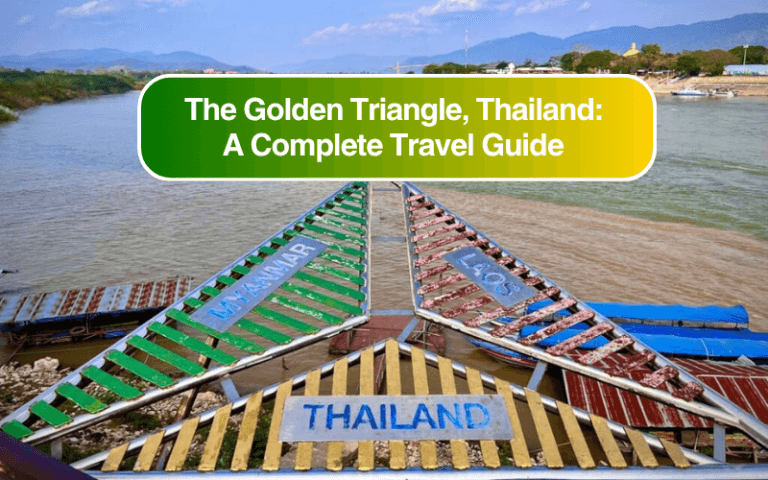
 19/11/2025
19/11/2025The Golden Triangle is one of the most legendary travel destinations in Southeast Asia, known for its history, stunning river landscapes, and multicultural influence

 08/10/2025
08/10/2025Discover Laos airports: 11 international & domestic hubs connecting travelers to Vientiane, Luang Prabang, Pakse, and nearby Southeast Asian countries.

 05/09/2025
05/09/2025Discover the Bolaven Plateau in southern Laos – explore stunning waterfalls, coffee plantations, local markets, and scenic loops with our complete travel guide
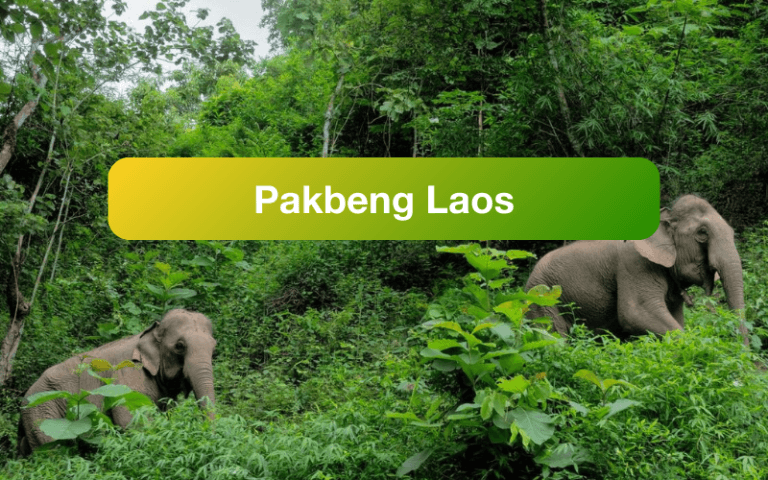
 23/08/2025
23/08/2025A true vagabond experience in the Pakbeng Laos river region, where the pace of life slows down on a slow boat trip, exploring peacefu villages and l landscapes